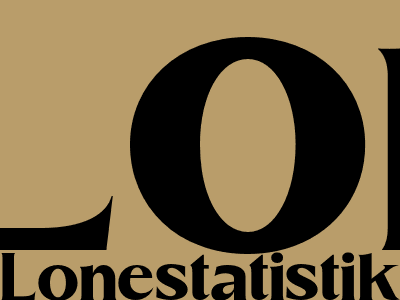
The new statistics from Lonestatistik.svensktnaringsliv regarding wages in Sweden
Revealing the latest income trends and employee numbers in various sectors and regions
Key insights and analysis of the Swedish labor market
The statistics office Lonestatistik.svensktnaringsliv has released its latest data on wages in Sweden, providing a comprehensive overview of earnings across different sectors and regions. Data reveals notable variations in average wages, with some industries experiencing significant growth, while other sectors show more moderate increases.
The report highlights the following key findings:
1. The highest wages in Sweden are found in mining industry and finance
The mining industry stands out with the highest average monthly wage of 50,000 Swedish kronor. The finance and insurance sector follows closely behind with an average wage of 47,000 kronor.
This data suggests that specialized skills and expertise in these industries are highly valued in the Swedish labor market.
2. The lowest wages in Sweden are found in the accommodation and food service sector
In contrast to high wages in mining, the accommodation and food service sector has the lowest average wage of just 27,000 kronor per month. This sector typically requires less specialized skills and often employs part-time workers, which contributes to lower overall earnings.
3. Wages in Stockholm are significantly higher than in other regions
The report also found significant regional disparities in wages. Employees in Stockholm earn an average of 40,000 kronor per month, considerably higher than the national average of 34,000 kronor. This gap reflects the concentration of high-paying jobs in the capital city.
4. The gender pay gap remains a challenge in Sweden
Despite efforts to promote gender equality, the gender pay gap persists in Sweden. On average, women earn 89% of what men earn, suggesting that there is still room for improvement in closing this gap.
5. The number of employees increased in 2022
The report also indicates a positive trend in employment, with an increase in the number of employees in Sweden in 2022. This growth was particularly pronounced in the healthcare and social work sectors, reflecting the increased demand for these services.
Overall, the latest wage statistics from Lonestatistik.svensktnaringsliv provide valuable insights into the dynamics of the Swedish labor market.
These findings can inform policymakers, employers, and individuals in making informed decisions about wage strategies, career choices, and economic development initiatives.